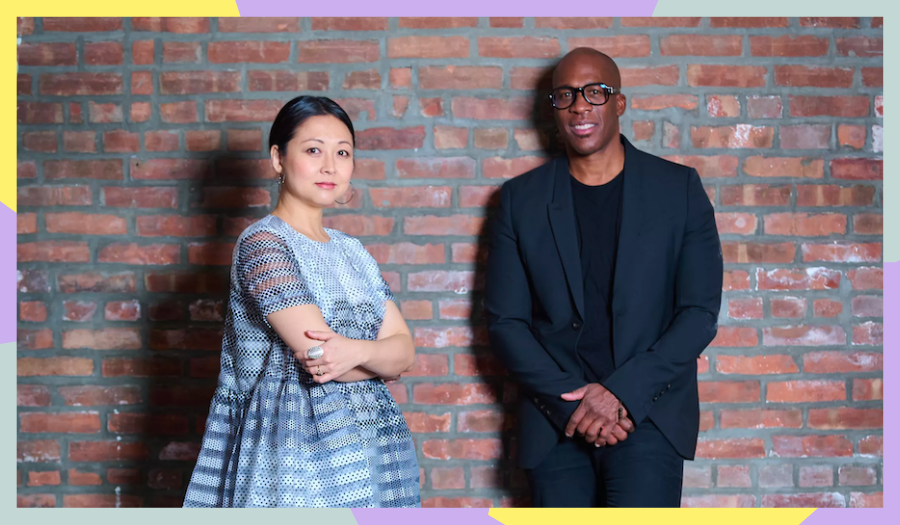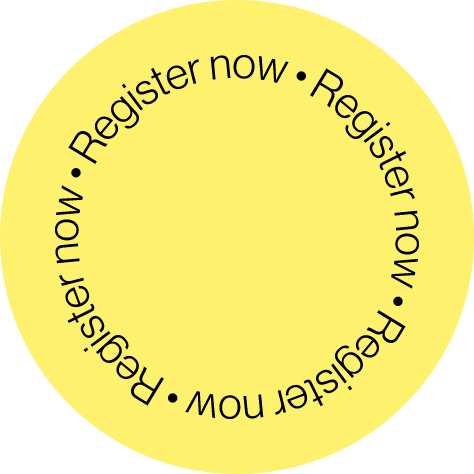Openbox is built on the fundamentals of human-centered design and it focuses on designing for better urban living. Through rigorous design research, Openbox takes an equitable approach to development, giving communities an active voice in projects to build urban ecosystems that are sustainable, resilient, and prosperous.
Bamboo Crowd came together with Marquise and Amy to talk about the Openbox studio, the design industry’s struggle with diversity, and what lies ahead.
We spoke about how companies need to move away from the traditional model of emphasizing the time and moment of when something should happen toward understanding and considering when a team member truly becomes a partner or a co-founder.
“I understood the moment when it made sense for Amy to become Managing Partner and have greater equity in the firm. Amy’s lived experience is vital to the organization,” Marquise said. “The moment happened naturally because the intention was there.” And it’s not enough these days to just wait for that organic moment to happen, Marquise and Amy explained.
Rather, design studios must continually be thinking about the changes that need to happen at all levels to make sure that women, people of color, and minorities can move to positions of power and influence.
It’s not something Marquise, Amy, or Openbox can necessarily teach others—but, this “empathy muscle” can be encouraged and worked out. “This country and capitalism is emphatically out of shape and not always ready to take on the responsibility of the good intentions we speak to. It comes through your family and your life and your stories,” Marquise said.
“I remember having a conversation about who you were as a person,” Marquise says to Amy.
“When you do enough of this work in any field, but particularly in design, you run into a ceiling—the ceiling that many women and people of color run into,” Amy said.
“It’s about having leadership that can actually see the person. If there’s one key thing to emphasize, it’s that you don’t just go out and find a box to check, you find a person that helps to check that box for you. It comes back to building your empathetic muscle,” Marquise said.
Marquise and Amy describe Openbox as a place where people show up as who they are, with their own passions, beliefs, and lived experiences. It sounds (and is) beautiful.
Showing Up as Who You Are
2020 saw millions of people worldwide engage with the Black Lives Matter movement. But the design and innovation industry is one that struggles with diversity, especially at the leadership level, and studios fail to find talent that truly mirror the communities they serve—the Design Census 2019 finds that Black men and women make up 3% of the design industry and Asian-Americans make up 9%.
Marquise sees the systemic challenge as two-pronged. One issue is education. “We can’t think about the industry without thinking about the pathway,” Marquise said. This path includes how design schools and universities recruit and work with students but also pedagogy and the historical understanding of design.
“We need to recognize that not everyone needs to go through design school practice to end up in this place. It requires an interdisciplinary point of view and learning,” he said.
Amy came to design “later in life” she explains, after starting in the sciences (her bio mentions that she once upon a time researched intestinal parasites). Amy thought she would have been happy to land a job at a traditional agency, designing and producing things. “But as I did more, I realized that it really mattered who the people were that we were designing for. That’s not often thought through in the traditional design practice,” she said.
As Marquise sees it, the other challenge facing the industry is to create better conditions that allow for people of different backgrounds, gender, and race to feel welcomed and have a place in the studio. “The challenge at many studios is that people are asked to take on and assimilate into a way of thinking that is not their own, and leave behind their cultural relevance, until they’re asked to bring this off the shelf,” Marquise said.
In a particularly cringe-worthy example, Amy shares a story of a former employer who wanted a Spanish speaker to help land a big client. “I was asked not to attend the whole meeting but a part of it. I popped in and said hello, and they asked me to say it again in Spanish. And that was it. That was the contribution,” Amy said.
“Because the industry is so homogenous, there is an expectation of what a contribution looks like, what value looks like, what leadership looks like. Certainly, the people I worked with valued the things I contributed, but they didn’t give it the value that would lead to leadership and recognition,” Amy said. “Often, the times I was valued for being different, I was tokenized.”
“When you’ve never created conditions to welcome this in the first place, having people of color and women in a leadership role is one of the first steps to provide permission and encouragement for individuals to be able to show up with who they are and how they live their life,” Marquise said.
The Work is Never Done
A weak empathy muscle is not the only challenge for studios. Over the last year, Amy has witnessed more companies speaking about equity and diversity. “While it's great that there is interest, it's interesting to see how much of a challenge it is to really uphold the statements they put out. There’s intention but it takes hard work,” Amy said. This hard work will undoubtedly require empathy, dedication, vision, time, money, resources, and effort.
And then, of course, there’s the work itself.
“We’re a design firm. The work we do is rigorous, intentional, beautiful, people-centered. I do believe design when done well with people who represent the work, is design. Though I support those doing this for justice, I want to make sure it's done in a matter that still speaks to what dsign is supposed to be,” Marquise said.
He explains that a studio’s truth emerges not just from a click search on their site, but the actual work they produce. “I hold that there are other firms that will be born out of this moment that are more reflective of the community. Our diversity is not the only selling point—I want our work to be the differentiator,” he said.
The truth of Openbox lies not just in Marquise, Amy, and the team but also in the studio’s core design thinking practice, which incorporates both qualitative and quantitative approaches to solve the small, medium, and large problems.
A good example is a project with the San Francisco Planning Department. The department collaborated with Openbox and Stae, a partner in civic data management. Over the course of a month, they combined qualitative research with quantitative data analysis to gain a deeper understanding of the impact of parklets on San Francisco’s residents and businesses, and published the results in an online, interactive format designed to inform and inspire the public.
“A lot of companies focus on the what,” Marquise said. “We can add fidelity to the what with our qualitative research, to make sense of the why.” Openbox excels at understanding why people come together, live in cities, and gather. It channels the powerful inputs of residents, cities, designers, and businesses to secure better urban living for all.
“Commerce has changed, particularly after COVID. So, now, what does it mean to live in a marketplace, what does a built environment look like both because of the digital experience and the changing of neighborhoods? We help provide that why for clients,” Marquise said.
We’re a design firm. The work we do is rigorous, intentional, beautiful, people-centered. I do believe design when done well with people who represent the work, is design.
Marquise Stillwell, Founder and Principal
Adaptations and a New Home
As with so many design studios, last year was a challenging one. In March 2020, the team made a last-minute decision (like an hour-before-the-train-departed-last-minute) not to travel to a public library project site to install massive 8-foot prototypes. But the move was smart: DC declared a state of emergency later that day.
“What motivates the team is wanting to respect ourselves and others. We want to keep everyone safe, including the people who we do research with,” Amy said. Last year also ushered in adaptations that continue today at Openbox. For those involved with research, for example, the studio immediately thought of ways it could build value into these now-virtual research interviews in addition to compensation.
Another welcome change is the studio’s move in 2020 from a traditional office on 24th Street in Manhattan to a space in Red Hook, Brooklyn that is uniquely situated for gathering, playing, and prototyping.
Openbox sees the new space in three key lights. First is its location on the water. “We’re thinking a lot about coastal cities, the environment, rising sea levels, and managed retreat,” Marquise said. So where the team will eventually gather is a real and tangible connection to the work it aims to do.
Second is all about what it means to really embed within a community. “Red Hook has the highest density of public housing in the country. There’s a stark difference between the housing, the neighborhood, and the industrial area,” Marquise said. “There’s a conflict and a confluence of these things coming together here.”
Third is the space itself. “Many will rethink what it means to have people in a desk every day in an office,” Marquise said. “We’ve reimagined what it means to be in a community. We want to rebuild a community coffee shop in the front of the studio to host events and really activate the space.”
On the practice side, our designers are excited to push our methods to add value to our interactions, for the outcome of the design and for the benefit of the communities we work with.
Amy Wang, Managing Partner
What’s ahead for Openbox?
There’s much for Openbox to look forward to, in addition to the new Red Hook space.
“On the practice side, our designers are excited to push our methods to add value to our interactions, for the outcome of the design and for the benefit of the communities we work with.” Amy said. “There’s not an end point to this, in one week or year or decade.”
“I'm excited about how we come together post-COVID,” Marquise said. “I’m interested in seeing how we’re adapting to this new way of living and how we see ourselves and our neighbors. I also know there will be a moment of global healing and I hope design can help to usher this in through the work we’re doing,” Marquise said.
“Neighborhoods are changing faster than technology. People are feeling this. The anger and frustration is because people feel they can't afford to live where they want to live. They can’t afford to send their kids to school,” Marquise said. “We come in to help understand how people feel, how they want to live, work, and play together and we provide insights for those who are empowered to make better choices about how we all live in this world.”
And that, to us, is a great definition of design.
Curious to hear more insights, find your next role, or talk all things innovation? Be sure to message Chelsea Power, or register with us to stay in the know!



